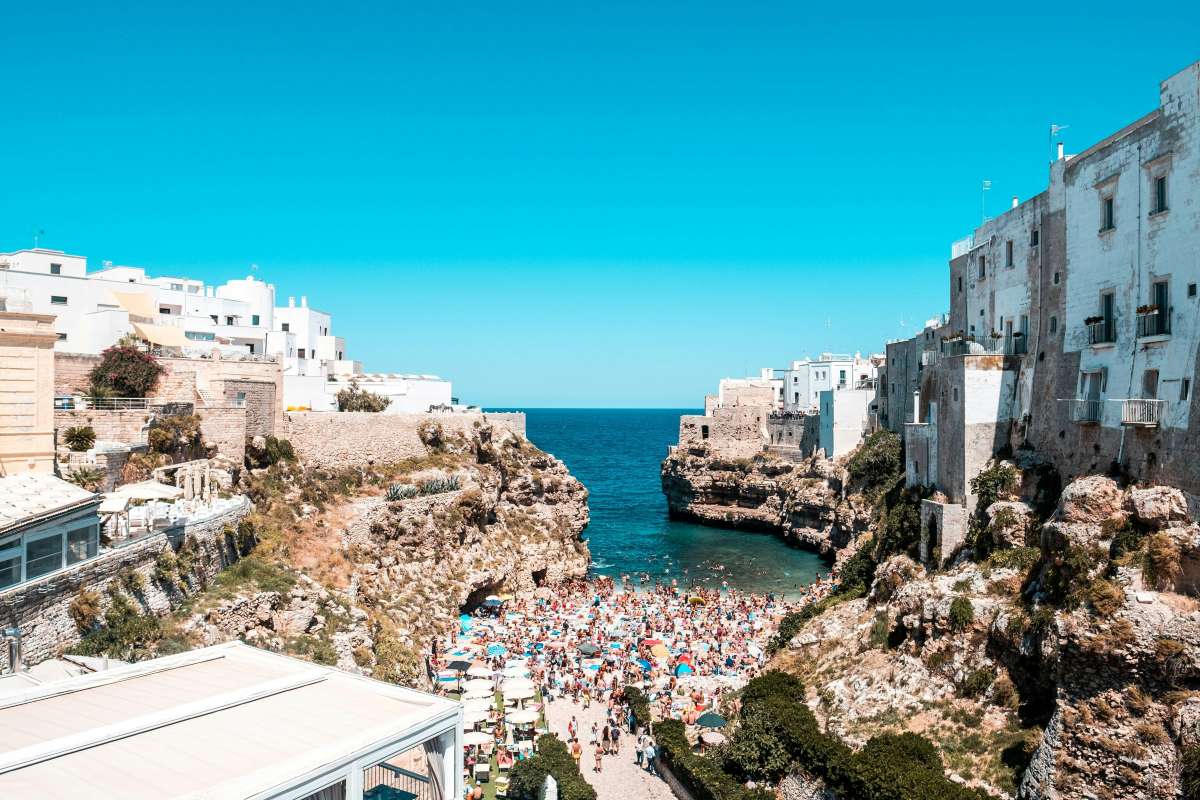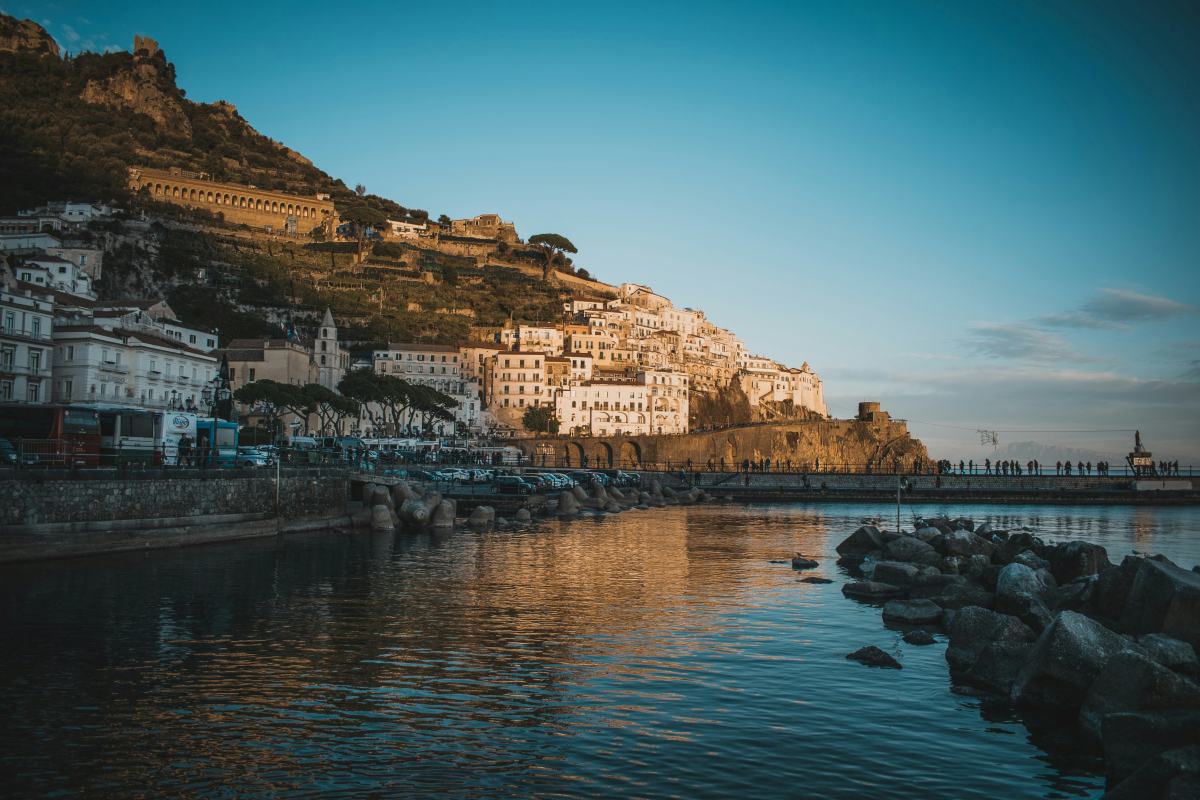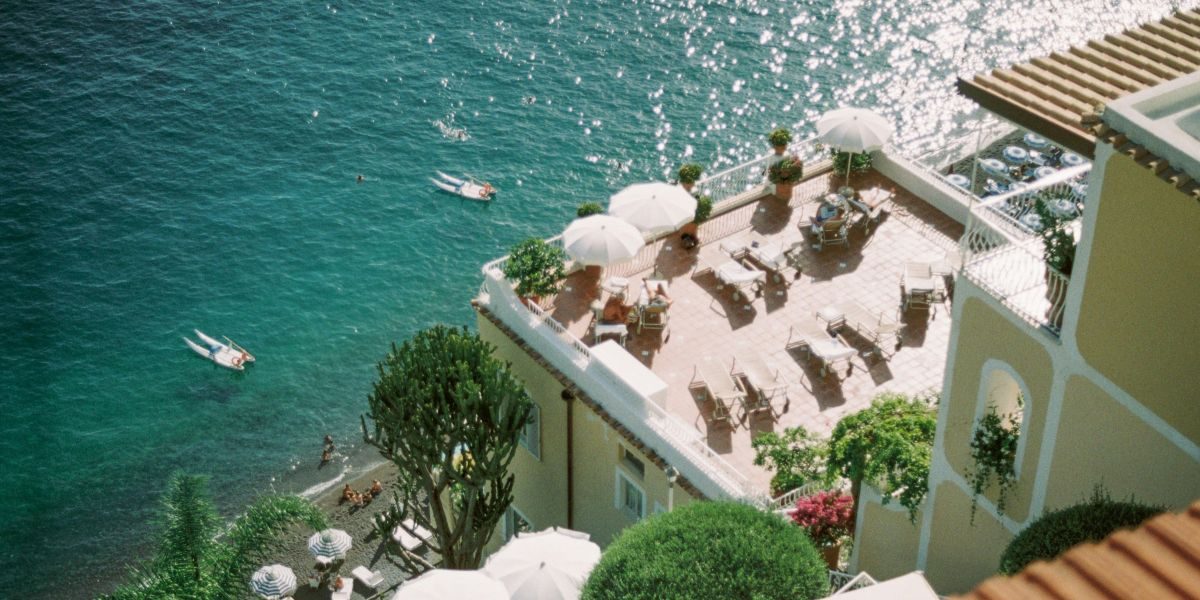Italy is a land of remarkable contrasts and enduring charm — from turquoise seas and sun-warmed beaches to hilltop hamlets steeped in medieval grace. Beyond the usual tourist tophotspots, a quieter, more authentic Italy awaits discovery: coastal coves unspoiled by crowds, vineyards set amid ancient terracing, and villages where generations still maintain traditions unchanged for centuries.
Curated Getaways for Every Taste
Travellers looking for thoughtfully arranged escapes often explore Italy trip packages that include idyllic destinations far from the beaten track—whether that’s exploring olive groves in Puglia, cycling through Tuscany’s lesser-known backroads, or unwinding on a forgotten Adriatic cay with local hosts. These thoughtfully designed journeys aim to create meaningful experiences—moments you truly live, not just capture.

Coastal Wonders Beyond the Mainstream
Long after the headline destinations like Capri or Positano, Italy’s coastline continues towards secret treasures: small fishing towns, hidden beaches, and pastel-hued houses clinging to rocky inlets. Travellers in search of a deeper coastal connection will find that some of the Amalfi Coast tours include rustic meals with locals, visits to traditional craft studios, and hidden beaches far from the usual crowds.
Rather than jostling for space at busy lookouts, you could wander along a quiet shore under moonlight, accompanied only by the rhythmic hush of the sea.

Sun‑lit Days and Vibrant Villages
Picture yourself savouring an espresso in a laid-back harbour café, as fishing boats drift in and neighbours exchange stories on benches warmed by the midday sun.
Or meandering through hillside olive groves, where the breeze carries hints of rosemary, thyme, and a touch of sea air. Here, time seems to slow. Evenings bring informal gatherings—families sharing meals under vine-covered pergolas while twilight deepens the colour of the sky.
In these small towns, architecture tells a rich story: water-worn churches, faded frescoes, and narrow lanes that thread between terracotta rooftops and hidden squares. A walk at dusk reveals these communities settling gently into the night—children playing, elders strolling arm in arm, cicadas humming softly overhead.
A Taste of Regional Richness
Every region unfolds its own palette of flavour. Ligurian lunches often feature pesto crafted from fragrant basil and golden olive oil, blended just hours after harvest. Inland Puglia offers orecchiette pasta tossed with seasonal greens and pungent pecorino. On the Amalfi cliffs, you’ll find candied lemon sweets and rustic seafood stews paired with crisp local wines.
Farmers’ markets in towns like Matera, Alba, or Lecce brim with produce—violet artichokes, figs, artisan bread, and fragrant almonds. In the evening, long communal tables appear under pergolas lit with fairy lights, where you might meet local winemakers or olive growers eager to share their passion.
Hidden Itineraries to Discover
Picture starting your day exploring a medieval castle perched above a vineyard, then moving on to a secluded pebble beach for a refreshing swim. Later, you might visit a 1500-year-old olive mill still run by the same family that harvested the first olives decades ago. These are the kinds of experiences bespoke itineraries weave together—giving you the stories behind the places, not just the views.
Whether you’re canoeing through crystal inlets, snacking on local ricotta atop cicchetti bars, or strolling across limestone streets at golden hour, Italy’s hidden corners offer sensory depth and intimacy rarely found in guidebook staples.
Seasonal Splendour and Serendipity
Spring brings wildflowers across rolling hills and cherry blossoms in hillside orchards, while summer delivers azure seas, glowing sunsets, and warm breezes at Adriatic or Tyrrhenian beaches. Autumn paints vineyards red and gold, and harvest season invites you to participate in grape treading or olive picking. Winter brings a slower rhythm—misty mornings in hill towns, wood fires in hearths, and simple feasts in candlelit osterias.
In May, terraces bloom with bougainvillea and jasmine. By September, vineyards offer their first sipable harvests. A December visit reveals quiet medieval streets framed with evergreen garlands and holiday markets in historic plazas, offering delights like local chestnuts roasted over open fires.
Practical Tips for the Thoughtful Traveller
Choose smaller guesthouses or agriturismi that emphasise local hospitality and sustainability—often run by families with ties to the land stretching back generations.
Travel slightly off‑peak to enjoy coastal walks or vineyard tours before the crowds arrive or after they’ve departed.
Learn a few Italian words—a friendly “Buongiorno” or “Grazie” goes a long way toward warm exchanges with villagers and shopkeepers.
Support authentic local crafts: look for handmade ceramics in coastal towns, woven textiles inland, olive oil pressed locally—not factory bottled.
Why These Destinations Resonate
There’s a reassuring humanity to Italy’s lesser-known places: traditions still lived, tastes passed down through generations, and daily rituals indexed to the land and seasons. You emerge from these experiences with more than Instagram-ready landscapes—you gain stories, connections, laughter shared with locals, and a deeper appreciation of place.
As the coastline gradually gives way to rolling hills and olive groves, the sense of discovery grows. You find quiet beauty in everyday scenes—the steam rising from a café, a cluster of open shutters at dawn, fishermen hauling lines at sunset. That is the magic of these hidden treasures: intimacy, tradition, and the kind of calm authenticity that invites return.

















